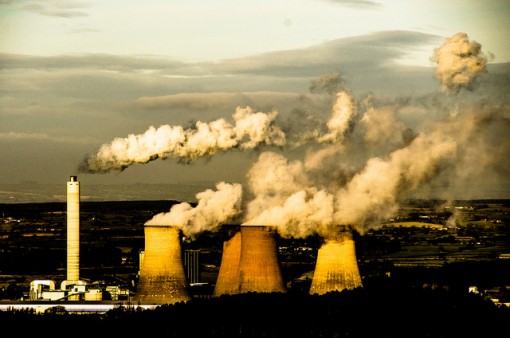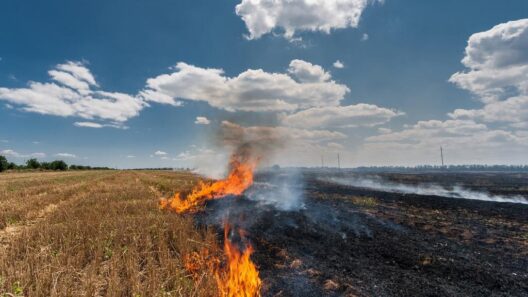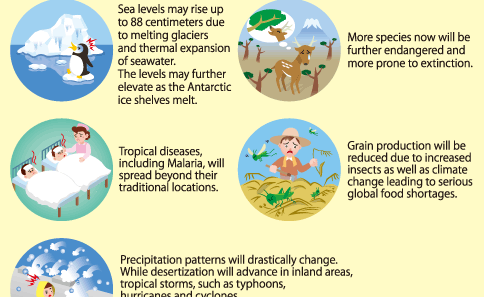El Niño is a climatic phenomenon characterized by the periodic warming of sea surface temperatures in the central and eastern tropical Pacific Ocean. This occurrence has profound implications for weather patterns across the globe. However, with the relentless march of global warming, the intensity and frequency of El Niño events are becoming increasingly concerning. Understanding this relationship is imperative for anticipating future climate change impacts.
The El Niño-Southern Oscillation (ENSO) consists of three main phases: El Niño, La Niña, and Neutral conditions. Each phase affects global weather systems, but the El Niño phase, in particular, has garnered attention due to its propensity to disrupt climate patterns. During an El Niño event, anomalies in sea surface temperature can lead to significant alterations in atmospheric circulation, ultimately impacting precipitation and temperature distributions worldwide. These fluctuations are crucial as they directly influence agriculture, water supply, and overall ecosystem health.
As climate change accelerates, scientists observe a troubling trend: the intensity of El Niño events appears to be exacerbating. As global temperatures rise, the Pacific Ocean warms, which may lead to stronger and more disruptive El Niño phases. The implications of this are dire, stretching from drought conditions in some regions to extreme flooding in others. The dual adversities of drought and excessive rainfall can severely impact food security, especially in vulnerable regions that rely heavily on predictable weather patterns for agricultural yields.
One of the most significant impacts of an intensified El Niño is its effect on tropical weather systems. The phenomenon can alter hurricane patterns, leading to an increase in the energy and frequency of tropical storms. Warmer ocean waters are fuel for hurricanes; thus, as sea temperatures rise, the likelihood of hurricanes forming and reaching higher intensities grows. The interconnectedness of these systems indicates that El Niño will not only shape regional weather but also influence global hurricane activity.
Moreover, there is a notable correlation between enhanced El Niño events and shifts in global precipitation patterns. Regions such as Southeast Asia and Australia often experience drought conditions during an El Niño year. Conversely, countries along the western coasts of North and South America may suffer from excessive rainfall and flooding. The consequences extend beyond immediate weather; water shortages can lead to crop failures, thereby severely impacting food supply chains and the economies dependent on them.
The interactive dynamics of El Niño and climate change are also evident in shifting biodiversity patterns. Ecosystems are adapting at varying rates, which can lead to mismatches in species interactions. Coral reefs are particularly vulnerable to heightened temperature levels associated with El Niño. The stress from warmer waters can lead to coral bleaching, damaging entire marine ecosystems and the livelihoods of communities that depend on them for tourism and fishing.
Simulations forecast that the frequency of strong El Niño events may rise by the end of this century due to climate change. This prediction is concerning given the increasing probability of cascading effects on both local and global scales. Mitigating the impacts of these phenomena requires comprehensive climate action. Understanding the relationship between warming climates and El Niño patterns can help policymakers create more resilient communities through improved water management systems, enhanced agricultural techniques, and adaptive infrastructure.
Monitoring and research efforts are imperative for comprehending these climatic interactions. Early warning systems can provide communities with critical time to prepare for adverse weather conditions. Improved predictive models can help in forecasting the potential intensification of an El Niño event, enabling proactive measures to mitigate disasters. Establishing cross-national partnerships for climate resilience is essential, ensuring that vulnerable nations receive adequate resources and knowledge to confront the challenges posed by an increasingly unpredictable climate.
Furthermore, public awareness and education are vital components in the fight against the adverse effects of climate change. Encouraging sustainable practices on an individual and community level can lessen our collective carbon footprint, which in turn may slow down the progression of global warming. Simple actions—such as reducing water usage, promoting local produce, and supporting renewable energy—can yield significant benefits in curbing greenhouse gas emissions that contribute to global temperature rise.
As the effects of El Niño become more pronounced amid global warming, a collective response is essential. Individuals, communities, governments, and organizations must collaborate to understand and adapt to the changing climate dynamic. By prioritizing sustainability and resilience initiatives, the world can better equip itself to withstand the fury of intensified climate events. Addressing the nexus between El Niño and global warming is not merely an environmentalist’s concern; it is a critical issue that affects every facet of human life and the ecosystems that sustain us.
In conclusion, the enhanced fury of El Niño amplified by global warming presents profound challenges. As climatic patterns evolve, economies, ecosystems, and communities must adapt to mitigate the dire consequences of these inevitable changes. With foresight, cooperation, and commitment to sustainability, humanity can navigate the tumultuous waters of our changing climate.








